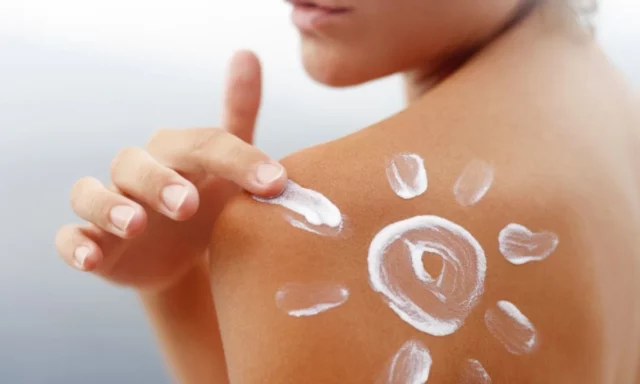Sunscreens or sunscreens are a primary necessity. Specialists emphasize that its use can help reduce the likelihood of serious skin problems such as malignant melanoma and premature aging.
Today, these products come in different presentations and respond to the specific needs of each person, so their use has long ceased to be a luxury. Sun protection has become an essential element for skin health, as it helps prevent short-term and long-term problems.
Many people usually apply sunscreen to their face, but are unaware that it is essential to apply it to any area of the body that is constantly exposed to light. When this does not happen, the result is a noticeable difference in visible UV damage. As many experts explain, unprotected sun exposure can have an aging effect on the skin because ultraviolet (UV) rays are capable of penetrating its layers and damaging cells.
Sun aging
In fact, when people look older as a result of sun exposure it is called photo-aging. In addition, this sun exposure can cause DNA damage in skin cells that can accumulate over time, increasing the risk of genetic mutations that can lead to cancer.

“An interesting fact is that more than 90% of the visible changes we have in the skin attributed to aging are caused by the sun. If we were aware of this, we would use sunscreen every day. In addition, it is important to note that all these damages caused by the sun are cumulative and we add them up throughout our lives, which leads to premature aging. In the worst case, we could have skin cancer, which, according to the WHO, has been increasing in the world due to sun exposure”, says Lina Joya, marketing manager for personal care chemicals for BASF Colombia, Ecuador, Venezuela, and Peru.
Hence, the expert also recommends other types of alternatives for skin protection, in addition to sunscreen, such as sunglasses, hats, long-sleeved shirts and, if necessary, oral sunscreens.

